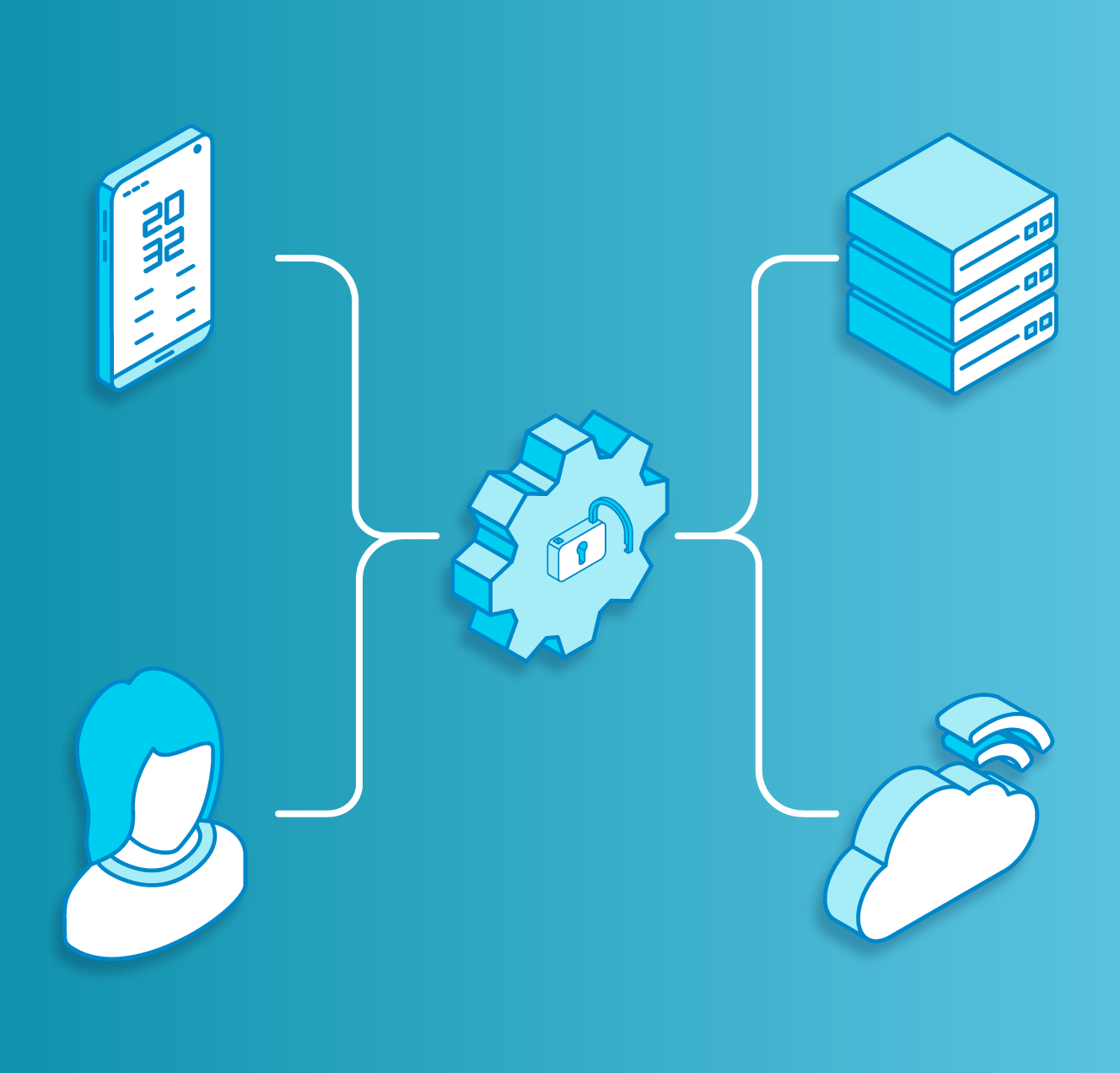After the Click: The Inner Workings of Application Access
From social media and cloud-based services to anything and everything requiring an app, we spend a lot of time logging into applications. Have you ever stopped to wonder what happens after you click that login button? The inner workings of application access involve a complex interplay of authentication, authorization, APIs (application programming interfaces), security measures, and network conditions. Let’s take a closer look at what happens behind the scenes after the click.
The Initial Handshake – Understanding Authentication
The journey into an application begins with a crucial step known as authentication. This process is fundamentally about ensuring you are who you claim to be. A variety of methods can be employed for this purpose, each offering various levels of security and user convenience. Passwords, though widely used, represent just the tip of the iceberg. In recent years, more secure and sophisticated options like biometric verification — think fingerprint or facial recognition — have gained popularity. As it has become evident that passwords are not particularly secure, extra measures like multi-factor authentication and certificate-based authentication have become commonplace. A digital handshake occurs between the user and the application upon successful authentication, establishing a trust relationship. This moment is critical; its where digital doors open, allowing access into the application’s ecosystem. However, it’s important to understand that this step doesn’t determine what you can do or see within the app. That’s governed by a subsequent process known as authorization.
Authorization and Access Control
Following successful authentication, the user’s journey within an application transitions to a critical phase known as authorization. This stage is instrumental in defining the scope of the user’s privileges and interactions within the app. Unlike authentication, which verifies identity, authorization delves into the specifics of what authenticated users are permitted to do. For instance, in a corporate setting, all employees can log onto the network, but only certain employees can see data specific to HR or Finance. This is known as role-based access control, a key part of zero trust where each employee has access only to what they need to do their job in order to defend against both external threats and potential internal misuse. This not only enhances the security posture of the application but also tailors the user experience by filtering accessible content and functionalities to meet the user’s needs and privileges. In essence, authorization acts as a sophisticated filter, carefully curating the user’s access to ensure it aligns with their rights and the organization’s policies, thereby maintaining the integrity and confidentiality of the application’s resources.
The Role of APIs in Application Access
APIs, or Application Programming Interfaces, are the unsung heroes of digital connectivity, seamlessly bridging the gap between disparate software systems. They serve as the essential conduits for data exchange, enabling your device to communicate with an application’s backend servers. Think of APIs as the linguistic experts of the digital world, translating requests and responses between your device and the app in a language they both can understand. This linguistic dexterity allows for the dynamic delivery of content and functionality, making your interactions with the app smooth and efficient. In the context of application access, APIs are critical for executing a myriad of tasks behind the scenes. From the moment you authenticate, APIs are at work, fetching your profile information and preferences and customizing your in-app experience based on your permissions. They facilitate real-time data synchronization, ensuring the information you see is current and accurate. Additionally, APIs enable third-party integrations, allowing apps to offer enhanced features and capabilities by leveraging external services and data. Moreover, APIs are pivotal in maintaining the security of the application access process. They enforce strict data access protocols, ensuring that only authenticated and authorized requests are processed. This layer of security is crucial in protecting sensitive user information and preventing unauthorized access to the application.
Ensuring Security Throughout the Access Process
When it comes to application access, safeguarding against threats and vulnerabilities is a top priority for developers and IT professionals alike. Integral to maintaining this security are state-of-the-art encryption methods, which play a crucial role in protecting data as it travels across the internet. Encryption ensures that even if data is intercepted, it remains indecipherable to unauthorized parties. To further bolster security, conditional access products are implemented to enforce security policies that prevent potentially compromised devices from gaining access. These systems are vital in identifying potential threats, allowing immediate action to mitigate risks. Equally important is the process of rolling out timely updates and patches. This not only addresses known security flaws but also adapts to the continually evolving landscape of cyber threats. By staying ahead with these updates, applications can shield themselves against the latest exploits and attack vectors. Together, these multifaceted security measures form a comprehensive approach to protecting the integrity of application access. Through diligent implementation and ongoing vigilance, developers and security teams work hand in hand to create a secure environment for users to connect and interact with applications.
The Impact of Network Conditions on Application Access
The quality of network connectivity is pivotal in determining the efficacy of accessing applications. Variabilities such as bandwidth availability, latency levels, and overall network congestion can significantly influence the ease with which users can connect to and interact with apps. Poor network connections can lead to frustrations like slow loading times, interrupted sessions, or even the inability to access certain functionalities within the application. To address these challenges, developers implement various strategies aimed at optimizing the user experience under diverse network conditions. Techniques such as load balancing are utilized to distribute incoming application traffic across multiple servers, thereby preventing any single server from becoming a bottleneck. Content caching is another critical strategy, where frequently accessed data is temporarily stored closer to the user, reducing the need to fetch data from the application’s primary servers and thus speeding up access times. Additionally, network optimization efforts focus on streamlining data transmission paths and protocols to ensure efficient data flow even in less-than-ideal network environments. These efforts are essential in ensuring that application access remains robust and user-centric, minimizing the impact of fluctuating network conditions on the overall digital experience. By proactively addressing these challenges, developers can ensure that applications remain accessible and performant, regardless of the underlying network state.
The Future of Application Access – Trends and Innovations
The trajectory of application access is being significantly influenced by emerging trends and technological breakthroughs. Among the most noteworthy is the shift towards Zero Trust security models, which assume no entity is trustworthy by default, whether inside or outside the network, dramatically altering traditional access paradigms. A key part of Zero Trust is the push towards passwordless authentication, which provides security beyond the simple password and even beyond multi-factor authentication methods which are increasingly falling prey to sophisticated hacks (and less sophisticated but no less effective social engineering techniques.) Artificial intelligence and machine learning are playing increasingly crucial roles, enabling more personalized and adaptive access experiences. These technologies enhance security and make application access more intuitive and responsive to user behavior and environmental contexts. As these trends converge, they herald a new era of application access, characterized by heightened security, improved efficiency, and a more seamless user experience. The ongoing innovations in this space promise to redefine our digital interactions, making the way we connect to applications more secure, efficient, and tailored to individual needs.
Try Portnox Cloud for Free Today
Gain access to all of Portnox's powerful zero trust access control free capabilities for 30 days!








